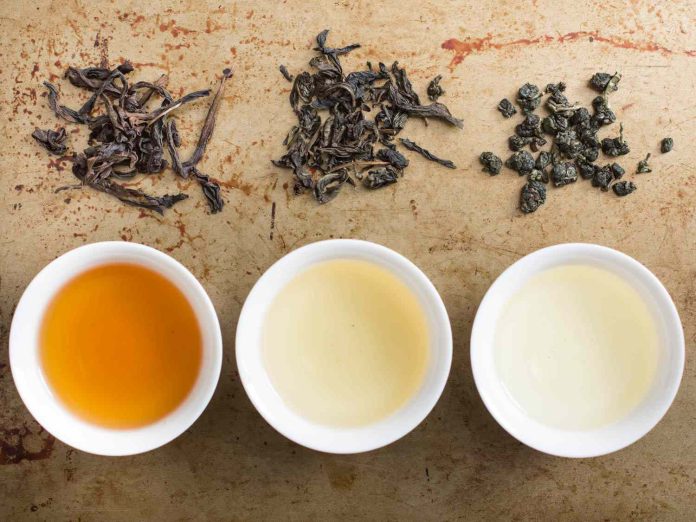Oolong tea, with its nuanced flavor, aromatic profile, and rich cultural history, stands as a testament to the artistry of tea-making. Positioned between green and black tea in terms of oxidation, oolong tea offers a unique and captivating drinking experience. In this article, we will delve into the origins, production methods, flavor profiles, health benefits, and brewing techniques that make oolong tea a cherished beverage among tea enthusiasts worldwide.
Origins of Oolong Tea:
The roots of oolong tea can be traced back to China, specifically the Fujian province, where the tea-making tradition dates back centuries. The term “oolong” translates to “black dragon” in Chinese, a fitting name for a tea that undergoes a partial oxidation process, giving it characteristics of both green and black teas.
Production Process:
The crafting of oolong tea involves a meticulous and labor-intensive process that requires skill and experience. The key steps include:
- Withering: Freshly picked tea leaves are spread out to wither, allowing excess moisture to evaporate. This step initiates the enzymatic processes that contribute to the tea’s flavor.
- Bruising or Oxidation: Unlike green tea, oolong undergoes a partial oxidation process. The level of oxidation can vary, resulting in a spectrum of oolong teas with different flavor profiles. The oxidation process is halted at a specific point through heating or pan-firing.
- Rolling: The oxidized leaves are rolled to shape them into distinctive forms, ranging from tightly wound balls to twisted strips, depending on the oolong type.
- Firing: The tea leaves are fired to halt the oxidation process completely. This final step sets the flavor and aroma of the oolong tea.
Flavor Profiles:
Oolong teas offer a wide range of flavor profiles, influenced by factors such as oxidation level, terroir, and production methods. Common flavor notes include floral, fruity, creamy, toasty, and sometimes a hint of mineral or vegetal undertones. The diversity of oolong teas allows for a broad spectrum of taste experiences, making it a versatile and captivating choice for tea enthusiasts.
Health Benefits:
In addition to its delightful taste, oolong tea is associated with several health benefits:
- Antioxidant Properties: Oolong tea, like green tea, contains antioxidants that help combat free radicals in the body, potentially reducing the risk of chronic diseases.
- Metabolism Boost: Some studies suggest that oolong tea may aid in weight management by enhancing metabolism and promoting fat oxidation.
- Heart Health: Regular consumption of oolong tea has been linked to improvements in heart health, including the reduction of cholesterol levels.
- Mental Alertness: The moderate caffeine content in oolong tea provides a gentle energy boost, promoting mental alertness without the jitteriness associated with stronger caffeinated beverages.
Brewing Oolong Tea:
Brewing oolong tea is a ritual that allows the drinker to fully appreciate its complexity. Here’s a basic guide:
- Water Temperature: Oolong tea benefits from water temperatures ranging between 185°F and 205°F (85°C to 96°C). The specific temperature may vary based on the type of oolong.
- Tea-to-Water Ratio: Use approximately 1 to 1.5 teaspoons of loose oolong tea per 8 ounces of water. Adjust the amount based on personal preference.
- Steeping Time: Oolong teas typically require a steeping time of 3 to 5 minutes, but this can vary. Experiment with different steeping times to find the flavor profile you enjoy.
- Multiple Infusions: Oolong tea leaves are often suitable for multiple infusions, each unveiling different layers of flavor. Be sure to adjust brewing times for subsequent infusions.
Conclusion:
Oolong tea, with its captivating taste, complex production process, and health benefits, stands as a testament to the rich tapestry of the tea-drinking tradition. Whether you’re a seasoned tea connoisseur or a newcomer to the world of oolong, exploring the diverse range of flavors and aromas within this category is a journey worth taking. So, the next time you steep a pot of oolong tea, savor the moment and appreciate the centuries-old craftsmanship encapsulated in every cup.







